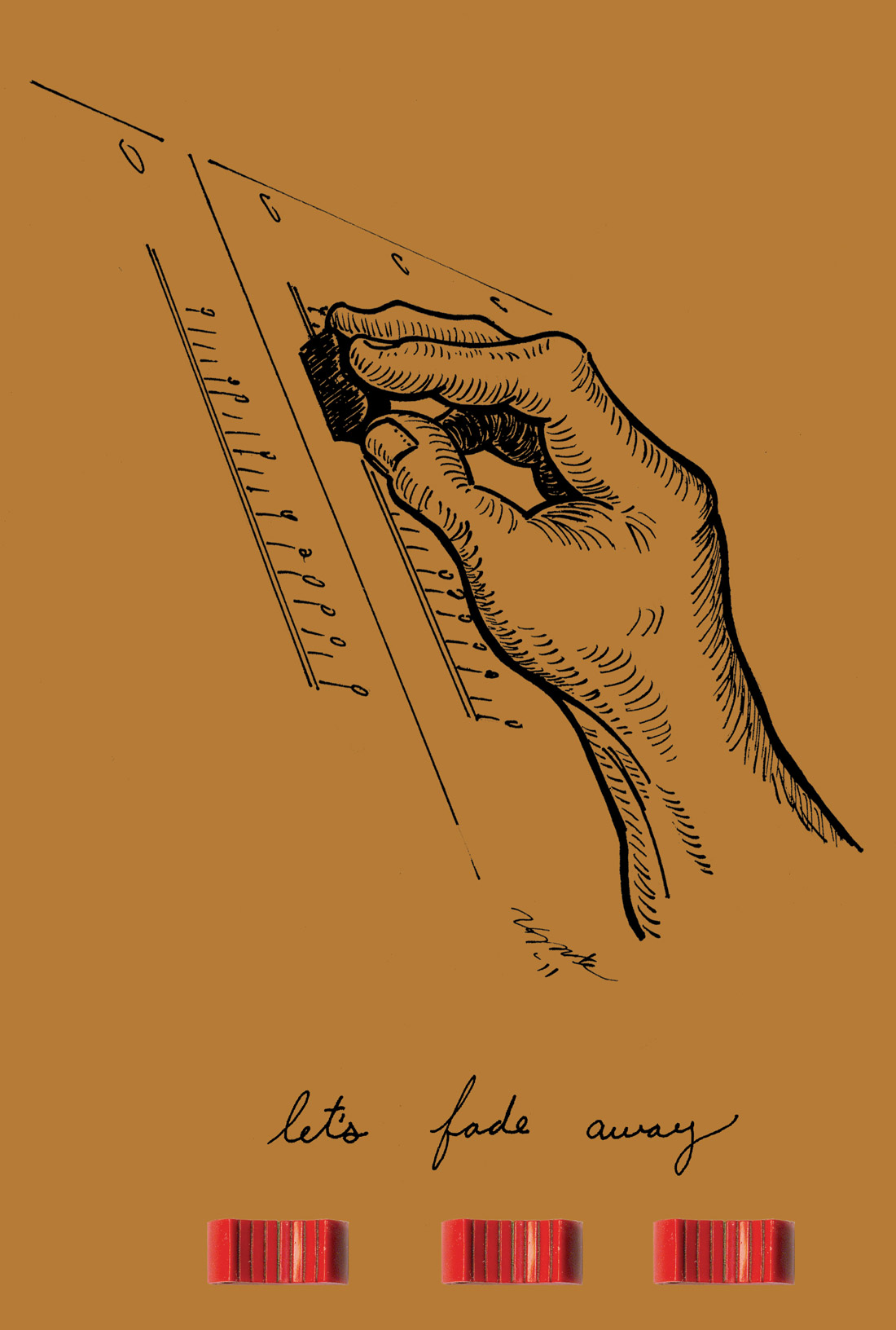Okay, let me be as clear and concise as possible: the Telefunken AR-51 is the best condenser microphone I’ve ever tested for this mag (and I’ve tested a few). This mic utilizes circuit design elements of the revered Telefunken Ela M 251 and C 12. While they maintain their status amongst engineers as cornerstones of any world-class studio, those vintage mics are also as cost-prohibitive as you might expect. An original M 251 or C 12 in decent shape can command prices in excess of $20,000, and even third-party reproductions can hit the $8000 mark. For the average engineer or home-studio owner in today’s economy, that kind of expenditure is, um, shall we say, difficult to justify.
So, we can’t afford the vintage hotness, but we still want the good stuff, right? We’re serious about our technique and the tools we use. We’re picky about microphones, even if we can’t afford the ones which cost more than our kid’s college tuition. With this “middle market” in mind, Telefunken has introduced a series of mics called the R-F-T Series. I have no idea what the acronym stands for. Really Funken Tele? [According to Telefunken, Radio Fernmelde Technik referred to a group of communication technology manufacturers in former East Germany. –AH]
The AR-51 features a signal path that includes a vintage new-old-stock tube amplifier stage married to the same Swiss-made Haufe T14/1 output transformer as in the Ela M 251E and AKG C 12. The cost of the mic is kept near-earth with the inclusion of a “globally-sourced” (Chinese made) power supply and capsule.
Lest you think that the folks at Telefunken Eletroakustik are skimping on us, note that the microphone and everything included with it are of top-grade build quality. The dedicated power supply is solid yet compact and has a selectable polar-pattern switch with nine different omni, cardioid, and figure-8 stages. The mic and its accessories came to us in a standard cardboard shipping suitcase, with ample custom-cut foam inside. Need a better case? A crafty owner could conceivably transfer the foam housing to a more stable, moisture-proof, hard-shell case. (Telefunken offers a leather-bound latching flight case for $149.) The AR-51 itself is housed in a handsome, velvet-lined wooden box with sturdy latches; the box has the same look and finish as the one shipped with their Ela M 251 reproduction (Tape Op #34). A metal-frame shockmount rounds out the included accessories — all quality touches that add to the overall value of this mic package.
I did have a little trouble with the shockmount; even without the fasteners attached, its bushings and suspended clamps seemed a little too snug, which made inserting or removing the mic a bit challenging. This is admittedly a minor gripe; honestly, I’d rather the mount be too snug than too slack, and the clamps are built well enough to withstand a little bit of Vise-Grip modification.
The performance of the mic is stunning. While the AR-51 is nothing if not versatile, my favorite go-to application for it was as a vocal mic. I tested the AR-51 on both male and female vocals, with styles ranging from super-dynamic rock to country to film-voiceover work, and it outperformed every large-diaphragm condenser in my studio. It paired well with a variety of mic preamps, including a Neve 1073 reproduction, but seemed to really shine with tube preamps like the UA 610 (Tape Op #27). In all the vocal applications, the AR-51 captured an incredible level of detail, yet managed to avoid sounding hyped in the top end; in fact, I found it to be relatively smooth-sounding, and it helped even the most sibilant voices sit down in the mix appropriately.
As a drum overhead or room mic, the AR-51’s transient response was... wonderfully nimble, for lack of a better term. Using it as a mono overhead for a kit played with brushes by a rather aggressive player, it felt like I could really capture the subtleties of what was happening in the room in the quieter passages, yet still manage the sharper attacks with little-to-no compression artifacts. The AR-51 never seemed to respond to dynamics with sloppy transient smear, like some of my other large-diaphragm condensers. In fact, across a wide range of acoustic instruments, the transient response stuck me as remarkably clean and crisp, without feeling artificial in any way. The bottom end was equally accurate and uncolored, and the midrange felt... expansive, for lack of a better word. With those characteristics in mind, I also loved having this mic available for solo string sessions, piano, and horns; basically, all the complex timbres that have me endlessly searching for the elusive “right mic” were deftly captured by the AR-51. It almost always felt like the right mic for the most difficult jobs.
All-in-all, this mic has become my new favorite piece of kit. Seriously, Telefunken is going to have to send some burly German Elektroakustik Repo She-Devils to retrieve it, ‘cos I ain’t giving it back. Note that Telefunken also offers a stereo version of this mic, the R-F-T AR-70. (AR-51 $2229 MSRP, AR-70 $3529; www.telefunken-elektroakustik.com)
–Dana Gumbiner, www.stationtostationrecording.com
Microphones | No. 117
TG Microphone Cassette Channel Strip
by Geoff Stanfield
The buzz on this box was unlike any I have encountered, and it was a challenge to get a review unit from Chandler due to demand. But it was well worth the wait. Chandler and its main man Wade Goeke...




_disp_horizontal_bw.jpg)